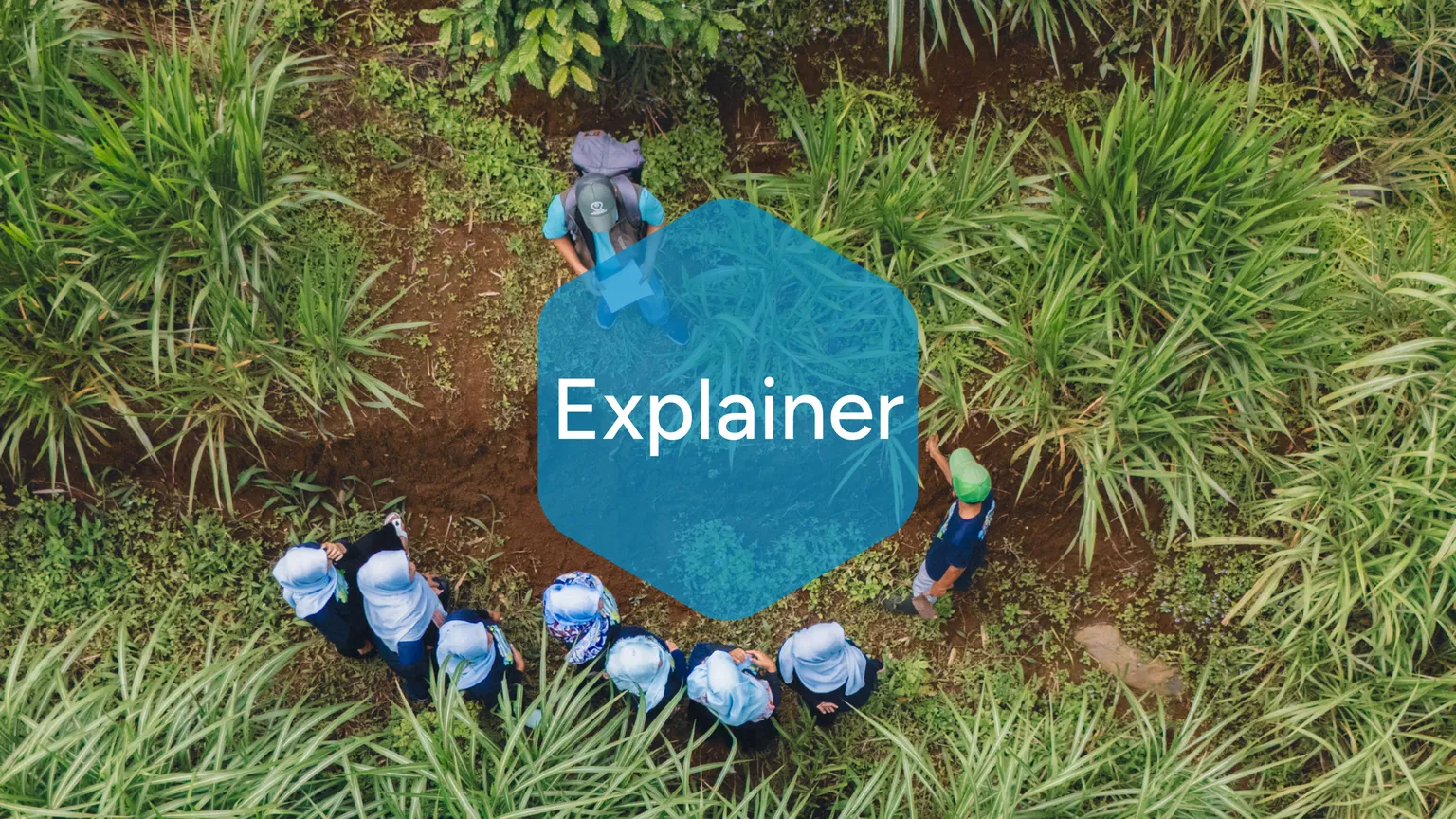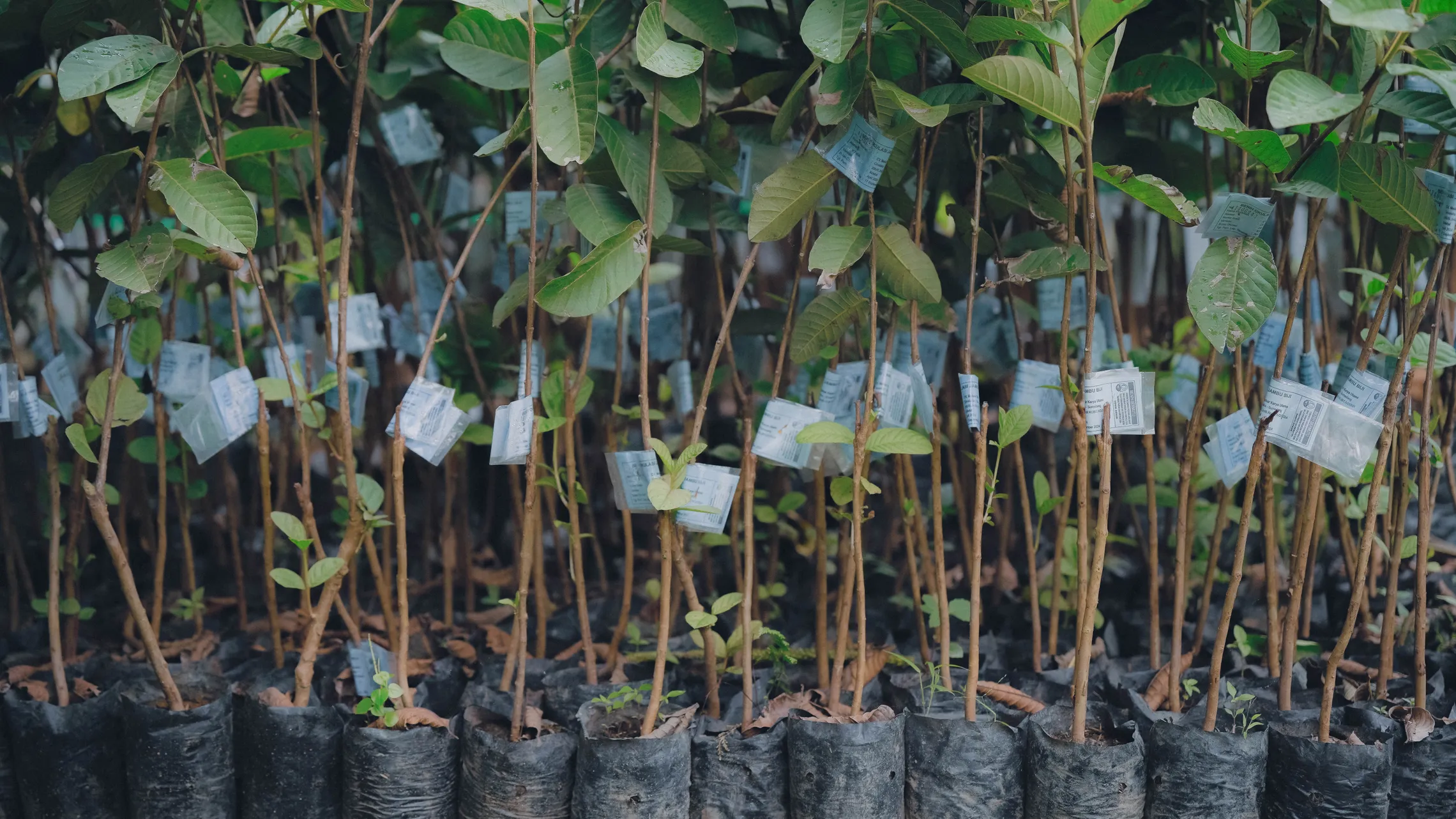Can Jakarta’s flooding and water crisis be eased by reclaiming its watersheds?

In March 2025, Greater Jakarta—also known as Jabodetabek—saw devastating floods, affecting more than 120,000 people and leading to losses of roughly 5 trillion IDR (€262 million). While there have been multiple floods in the region in recent decades, these were associated with extreme rainfall events. The 2025 disaster, however, came in the wake of relatively less precipitation. So, why was the region inundated?
The answer lies in the watersheds (the area a river drains) of three rivers flowing through the region: Bekasi, Cisadane, and Ciliwung. Deforestation in the upstream areas of these rivers leads to increased soil erosion and reduced groundwater infiltration. Without the mitigating effect of forests, rainfall increases the risk of runoff and sediments in the rivers, leading to flooding downstream.
The forest cover in the Ciliwung, Bekasi, and Cisadane watersheds is 14%, 4%, and 21%, respectively. This is less than the minimum 30% cover required in a watershed to regulate water flow and adequately provide other ecosystem services.
Deforestation in the region has not only caused floods but also water insecurity. Forests act as sponges, storing water from rainfall and releasing it slowly. Thus, their destruction has increased water stress in Greater Jakarta. Most of the available surface water supply is withdrawn and groundwater levels have dropped drastically.
The space left behind by the empty aquifers has caused the ground to subside, making Jakarta the fastest-sinking city in the world.
What does Greater Jakarta’s flooding reveal about the need for a watershed-based approach?
Given how land cover changes in upstream areas affect regions downstream, a watershed-based approach is critical to address water shortage and flooding in the region.
This approach involves comprehensively managing environmental resources within the boundaries delineated by a watershed. Considering the extensive links between natural resources and the communities that depend on them, the approach also integrates different types of land use and livelihoods, such as agriculture, forestry, and pastoralism.

Healthy upstream watersheds help reduce flooding impacts for downstream communities, including cities like Jakarta.

A multi-stakeholder team takes a break from surveying the watershed at Curug Cikarakak 31, just 32 kilometres from Jakarta.
Due to their multidimensional and holistic nature, watershed management programmes could have a range of goals, such as increasing communities’ incomes, promoting sustainable agriculture, or boosting food security, while simultaneously conserving natural resources.
One example of this approach is the PAHALA initiative in West Java. Initiated by SNV in 2022, in partnership with local NGO Rekonvasi Bhumi and the Bogor District Government, PAHALA operates in the Upper Cisadane Watershed—a critical upstream area facing significant deforestation and land-use pressure.
How can regenerative agriculture contribute to watershed management?
Regenerative agriculture, a farming system that focuses on soil health, is an important component of many watershed management programmes. It can provide significant environmental benefits (improved water retention, carbon sequestration, nutrient cycling, etc.) as well as economic ones (diversified incomes, reduced input costs, etc.).
A key tool of regenerative agriculture is agroforestry—growing trees and shrubs alongside crops. By providing alternate sources of income (e.g., timber and fruits) and substitutes for forest products (e.g., fuelwood), it reduces the economic pressure to log jungles. It has thus prevented the clearing of over 250,000 hectares of forest (almost four times the size of Jakarta!) per year across Southeast Asia.
For this reason, agroforestry can be especially beneficial for the heavily deforested Upper Cisadane Watershed.

Seedlings prepared for agroforestry planting along the watershed.
Most farmers, however, are accustomed to conventional agricultural practices, such as monocropping (growing only one crop in a field, either for a season or repeatedly over many years) and the extensive use of synthetic pesticides and fertilisers. Thus, they might require training and demonstrations to adopt regenerative agriculture. Besides, market access and post-harvest value chains are not as well-established to support regenerative agriculture products. These are important to ensure that farmers get remunerative prices for their produce.
We incorporated regenerative agriculture, among other approaches, in the PAHALA initiative to restore degraded lands. The project encourages the use of compost to enrich soil naturally, planting cover crops to prevent erosion and retain moisture, and constructing trenches across the landscape to manage water flow and reduce surface runoff.
Who decides what happens in a watershed?
For watershed management programmes to succeed, multi-stakeholder forums that facilitate dialogue and collaboration between government agencies and the private sector are essential. These can help drive consensus on priority actions for the watershed and design enabling policies and regulations. They also foster coordination across various sectors and interest groups that might use water and land resources differently, thereby ensuring that no one stakeholder corners resources at the expense of others. Such a water governance approach is key to addressing the root causes of inequity in water use, risks, and pollution.
A multi-stakeholder forum can also institutionalise innovative financing mechanisms, like payments for ecosystem services (PES). While PES could have various modalities, it generally involves compensating landowners and communities for providing environmental services, such as water conservation or climate change mitigation. Governments, businesses, corporate social responsibility initiatives, or even residents pay for these services. These arrangements incentivise communities to follow sustainable practices and compensate them for any financial burden such practices might entail.

Harvested nutmeg, grown through regenerative practices, i.e., agroforestry and improved business skills.

Farmers cultivating pakchong grass: a key asset for regenerative agriculture and livestock nutrition.
How can collaborative forums build fairer governance?
In the past two years, the PAHALA initiative has supported the establishment and capacity-building of a multi-stakeholder forum in the District of Bogor, comprising officials from the environment, agriculture, and planning departments, among others; sub-district and village authorities; as well as private-sector entities.
PAHALA partners assisted the forum in creating a technical guidance manual to implement a PES scheme, which the latter subsequently adopted. Under the scheme, water users pay upstream communities to preserve water sources and ecosystems. They also provide downstream water users, such as farmers, with better farming inputs at reduced costs.
The recent floods in Greater Jakarta have yet again made clear the need for a watershed-based approach. With climate change and increasing extreme weather events, the twin problems of water scarcity and excess will become even more pronounced. To mitigate these challenges, we need to consider the entirety of the watershed, ensure equitable water distribution, and address the interconnectedness of environmental and economic issues, thereby paving the way for long-term climate resilience.
Learn more about PAHALA
"The impact of deforestation transcends boundaries," said Ir. Suryanto Putra, M.Si, Head of the Bogor Regency Planning Agency.
Under the PAHALA project, partners are supporting the creation of multi-stakeholder watershed forums, advancing regenerative agriculture and agroforestry, and strengthening community-based organisations—all to improve farmers’ livelihoods while safeguarding soil health and water quality.